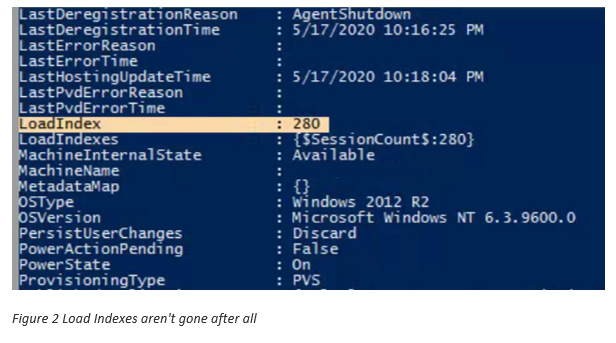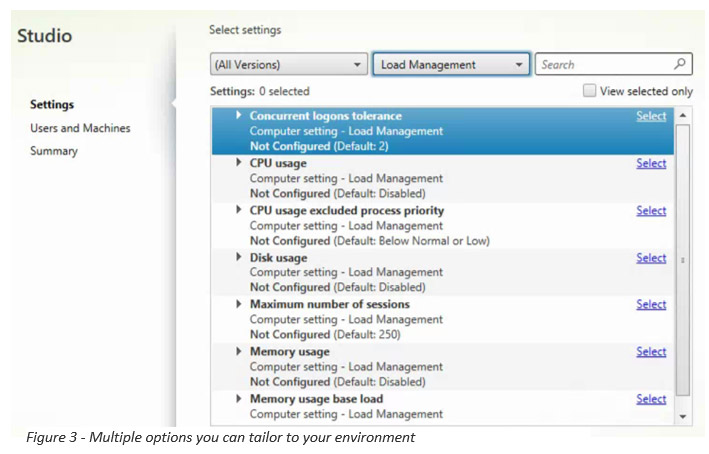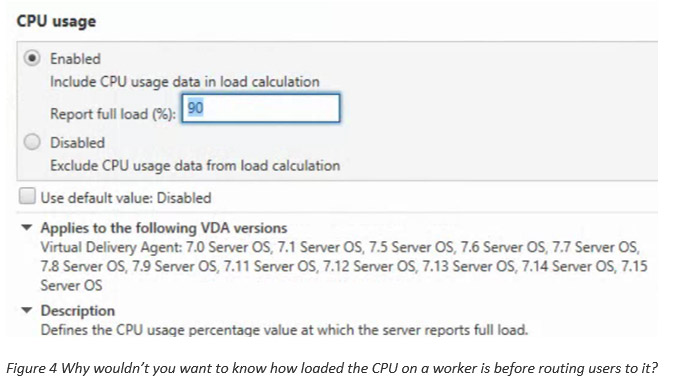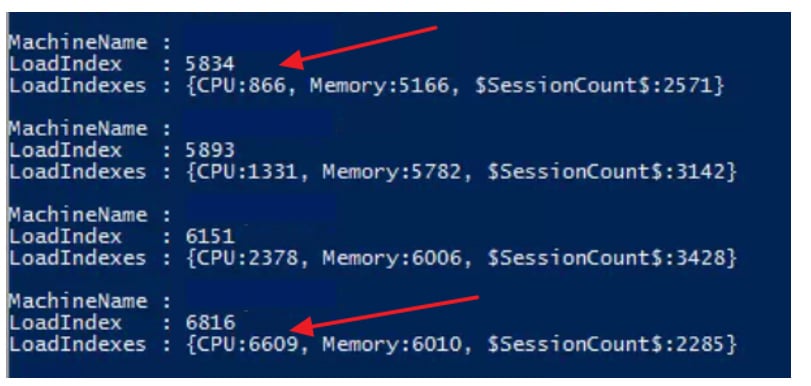Ahh, Citrix Server Load Index. Remember that from Presentation 4.5 or XenApp 6.5? I know we all spent plenty of time watching and wondering why certain servers were at 10,000 load, or even better, 20,000 load! and not accepting users.

This indexing system was largely hidden from view in the FMA architecture, but guess what? It’s still there, and it continues to be how the brokers load balance users to your CVAD multiple user server deployments today.
A quick check of a few broker PowerShell commands promptly pops up the index counter, just like the good old days –by default, based purely on user count, and nothing else. It’s also available as an added column in Studio!

THE CASE OF THE MISSING INDEX
So why did the load indexing and load balancing get buried? Largely seen as archaic (what does 10,000 mean anyway?) and due to the belief that most CVAD workloads are homogenous, they disappeared from the Citrix admins’ mind around the time FMA became mainstream. Density became a key driver as well. Indeed – with many former XenApp workloads going the route of VDI, and allowing users their own machine, what did it matter how the XenApp workers were loaded for occasional app use? For many workloads, this makes good sense. If everyone is just launching a single application from a multiple session server VDA (such as Adobe), why bother fine tuning the load balancing? Userbased load balancing is good enough.
Also assisting is Citrix WEM – with its excellent CPU and Memory optimisations. Now, users who are using more of their fair share of resources get batted down by the WEM Agent. The rest of the users on that server continue working, blissfully unaware Jody from Accounting is attempting to play some old school flash games on Chrome during her break.
That said, even with Citrix WEM helping level the load, why let the servers load get out of sorts in the first place? What if we could simply ensure that while Jody is using all that CPU, other users get redirected to other servers, which may not have any CPU load at all?
LOAD BASED ON GOOD USER EXPERIENCE
These days, while density is important, a key driver for many organisations is increased User Experience. The Citrix admin has many tools and tricks up their sleeve to increase density – but if WEM is busy limiting Joe’s application CPU load in the name of density, is he having a good experience? Likely not. Meanwhile, the server remains available and able to take additional connections, reducing Joe’s chances of speedy session with the CPU cycles he needs to essentially zero. He may log off and log back on to find a faster server – he may get redirected to a server with less users, so in theory less CPU usage, but he also could get directed to the server with Jody from Accounting and a heavily loaded CPU. He may try again, and again, and finally after many minutes of trying different servers, churning profile servers, and spending time watching his session load, finally find a server which has enough spare cycles to run his application well. You now have a frustrated user, and an overall poor user experience. Enter Load Evaluators to adjust Load Index, and efficiently direct users to the least loaded servers in the environment.
Available in Citrix Policies – applicable in Studio or by GPO – the Citrix Load evaluator section is waiting, unused, in almost every farm I’ve touched.

A quick win is simply enabling CPU and Memory evaluators at the default level, though I am partial to adding Disk and limiting Concurrent Logons tolerance as well. Even these quick settings will distribute load much better than the default method based on a user count of 250 users most farms use:

A policy as simple as this can have some major effect on your loading of users:

Here is a good example where it becomes blatantly obvious how unbalanced the workload is in a supposedly homogenous workload environment – a server with only 7 users on it is reporting nearly as much load as a server with 10. Those 7 users are using a significant amount of CPU. WEM helps keep the users on the server happy, but on the aggregate, the machine is much busier. The Brokers now know there are OTHER servers in the environment, potentially with more users, which have more available CPU and Memory for users to consume, leaving those 7 users to complete their workday.

Load Evaluators are an important tool in the Citrix administrator’s toolbox to help keep user density high, while also focusing on user experience. Because after all, what is the point of achieving maximum density and savings if our users are miserable?










